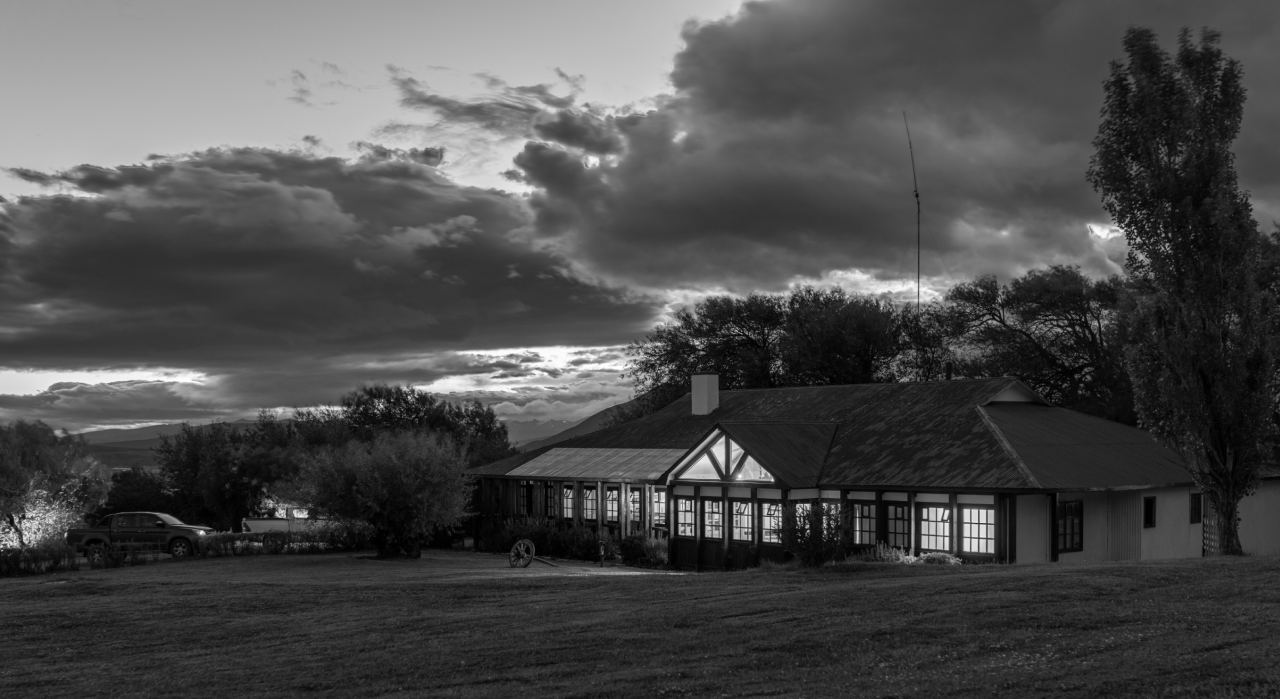
Nature and Culture: Tourism in Cerro Guido
The best way to get to know different cultures is getting to know them. However, Sustainable Tourism seeks to develop this activity with a minimum impact on the environment.
The main key to making tourism sustainable is that the exploitation of the resource should be below its renewal limit. In other words, the aim is to promote tourism that respects the ecosystem, with a minimum impact on the environment and local culture. In addition, in the economic aspect, it seeks to generate employment and income for the local population.
At Estancia Cerro Guido we promote this model of tourism with the aim of preserving the culture of Patagonia, through activities with minimal environmental impact such as excursions, tastings, among others.

Ecotourism
Ecotourism is that section of tourism that aims to bring people who practice it closer to nature and adventure.
In this way, Ecotourism incorporates forms of nature tourism, carried out in a responsible manner, which reduces negative environmental impact and socio-cultural changes.
Therefore, the practice of Ecotourism is inevitably associated with the existence of National Parks protected by governmental administrations, such as the world-renowned Torres del Paine National Park.
According to a study conducted in 2017, by the Chilean Undersecretariat of Tourism, it states that 51% of tourists who come on vacation to Chile are motivated by nature and are looking for new thematic experiences or special interest tourism, such as ecotourism and sports and adventure tourism.
Inevitably, tourism linked to Wildlife Protected Areas (WPAs) is also of academic, scientific and educational interest, both in Chile and worldwide.
Numerous paleontological studies have been carried out on the grounds of Estancia Cerro Guido because it is one of the most important places in South America in the area due to its unique fossil flora.
For this reason, Cerro Guido plays an important role in the economic activity of the region, as well as for local, national and international tourism. By offering excursions, horseback riding and livestock-related activities such as shearing, it provides a model of sustainable tourism with minimal impact on the environment.

Sustainable Tourism in Estancia Cerro Guido
It was in the early 2000s when the directors of Estancia Cerro Guido realized that tourism could become a tremendously important tool for sustainable conservation.
This is how a range of possibilities began to be developed with the purpose of showing the world the natural resources and cultural heritage of Patagonia, so attractive and transcendent.
At Estancia Cerro Guido you will find a variety of guided activities that will introduce you to both the unique environment of Patagonia and the local culture.
On one hand, you will have excursions through pristine landscapes that you will not find in other places in the world. Experiences such as joining the trackers, who are in charge of identifying the movements of the native fauna, especially the Puma, the species that drives the mission of the Cerro Guido Foundation.
If you are looking for energy and adventure, some of the excursions available are guided horseback rides through various places in the Estancia. Venture into the most remote places of the Magallanes Region and enjoy the beautiful landscapes that the south of Chile has for you.
Horseback riding is one of the activities that sustains the Sustainable Tourism model. Through physical activity, you will be able to enjoy the adventure and adrenaline of riding through the territory of Cerro Guido in the company of an experienced guide, the group you will ride with and, of course, our equine friends.




